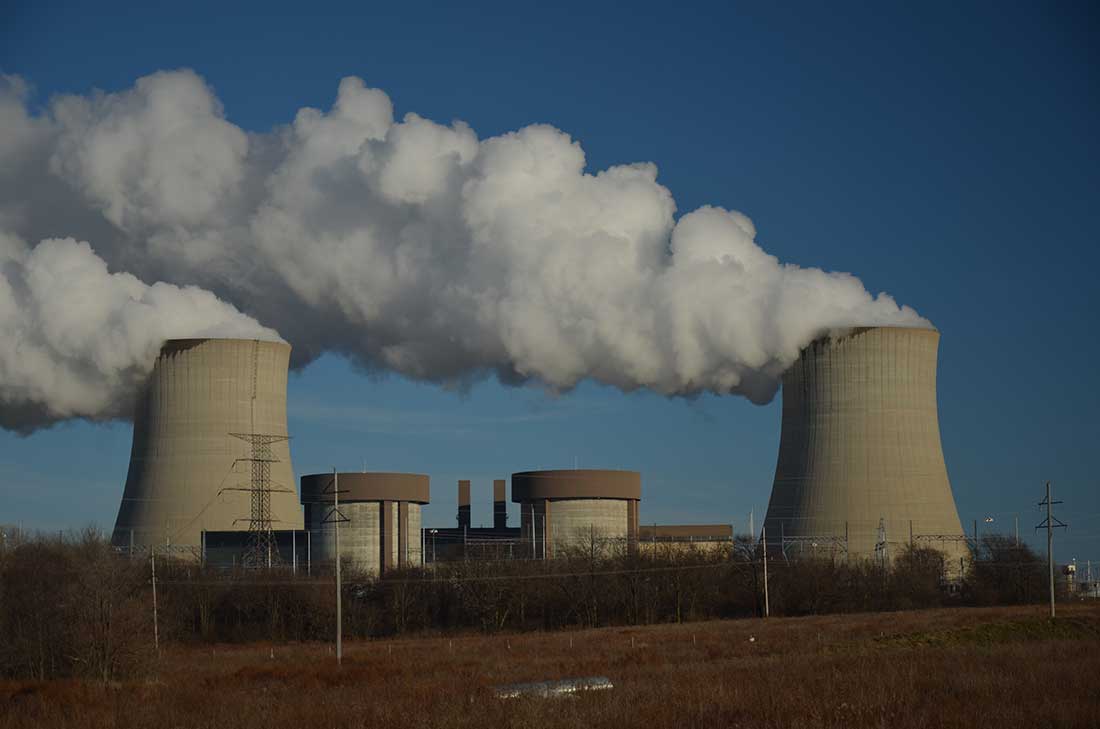By Urvashi Verma
Nuclear power, the glamorous, high-tech power of the future, may be losing the energy race to humble natural gas, as abundant U.S. shale gas production causes natural gas prices to hit record low levels.
So far this year, natural gas has performed the worst among commodities, posting declines in both January and February. Prices have dropped 20 percent to $2.90 per million British thermal units from $3.65 in January. In the past three years, natural gas prices have steadily declined more than 50 percent, according to data from the Energy Administration Institute.
At the same time, withdrawals from U.S. shale drills have increased more than 700 percent. Last year, 1.3 trillion cubic tons were withdrawn compared with 170 billion cubic tons in 2008, according to the EIA.

All of this is making natural gas a cheaper alternative to nuclear energy. But some experts say, substituting natural gas for nuclear in the long-term would be a huge mistake.
“Natural gas has a history of price volatility and it would be foolhardy to rely too heavily on gas for something so important as our everyday power,” said Mark Perry, professor of economics at the University of Michigan-Flint.
In the face of stiff competition from gas prices, nuclear power plants have been fighting to remain open by relying on federal and state subsidies. In the state of Illinois, after a tough fight with the legislature, Exelon Corp., the state’s largest nuclear energy provider, received subsidies $235 million to keep open two unprofitable nuclear power plants until 2025.
“There’s no way to know for sure how long these power plants will remain open, but one thing if for certain. Gas accounts for a quarter of U.S. greenhouse emissions. As a source of clean energy, gas cannot begin to compare with nuclear power,” said Perry in an interview.
Illinois remains home to six nuclear power plants that produce 89 percent of the state’s emission-free electricity. These plants prevent the emission of 564 million metric tons of carbon dioxide, roughly equal to the carbon emissions from 128 million cars per year.
Nuclear power has a substantial stake in U.S. clean energy requirements; 19 percent of the nation’s energy is generated with nuclear power and nearly two-thirds of that is carbon-free, according to the Nuclear Energy Institute.
“Nuclear is the clean energy source of the future,” said John Keeley, spokesperson for the Nuclear Energy Institute in Washington, D.C. “Its carbon footprint is much lower than solar or the wind. Sixty new power plants are under construction across the world,” Keely added.
One of the primary drawbacks to nuclear power compared with other energy sources is that nuclear plants need to operate 24 hours. This adds huge fixed operational costs making it tougher for them to compete with other energy market players such as natural gas.
While the long-term future of nuclear still remains uncertain, Exelon, Illinois’ largest nuclear energy producer, announced in February that it plans extensive renovations at the two subsidized plants, at Cordoba and Clinton.
“We’ll spend somewhere between $30 to $50 million in upgrades this year and next as we do some of this construction activity and of course this will be done with all local union workers,” said Exelon Communications Manager Bill Stoermer in the company’s press release.
“We have what we call supplemental workers that work for the local unions and so we will have an additional probably 300 to 400 people that will spend the year here on some of these capital projects,” Stoermer added.

